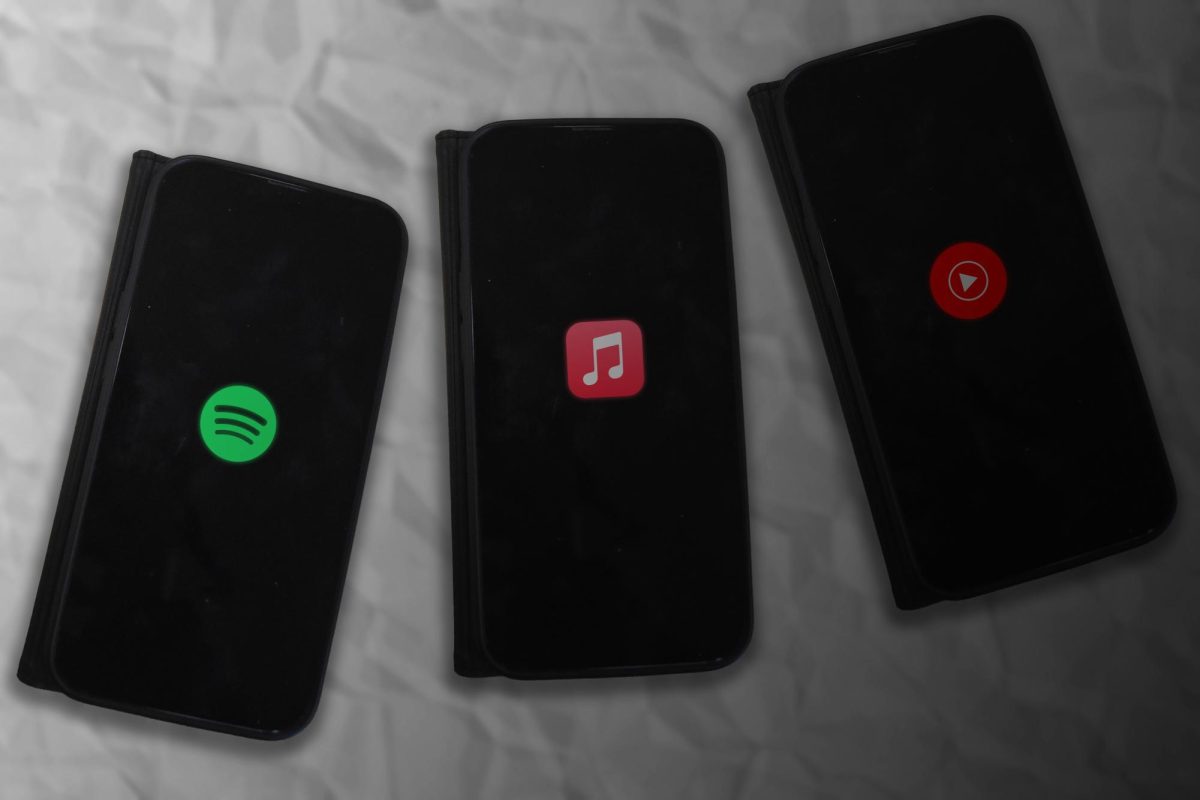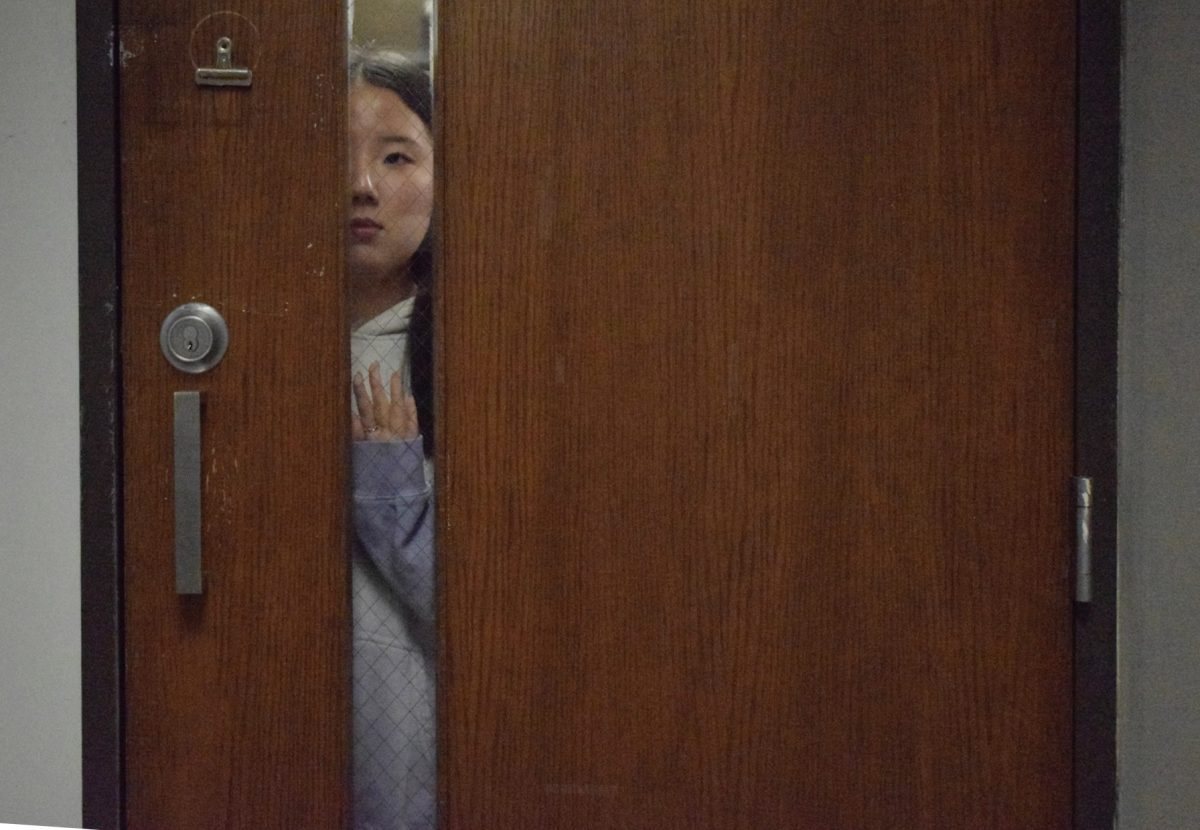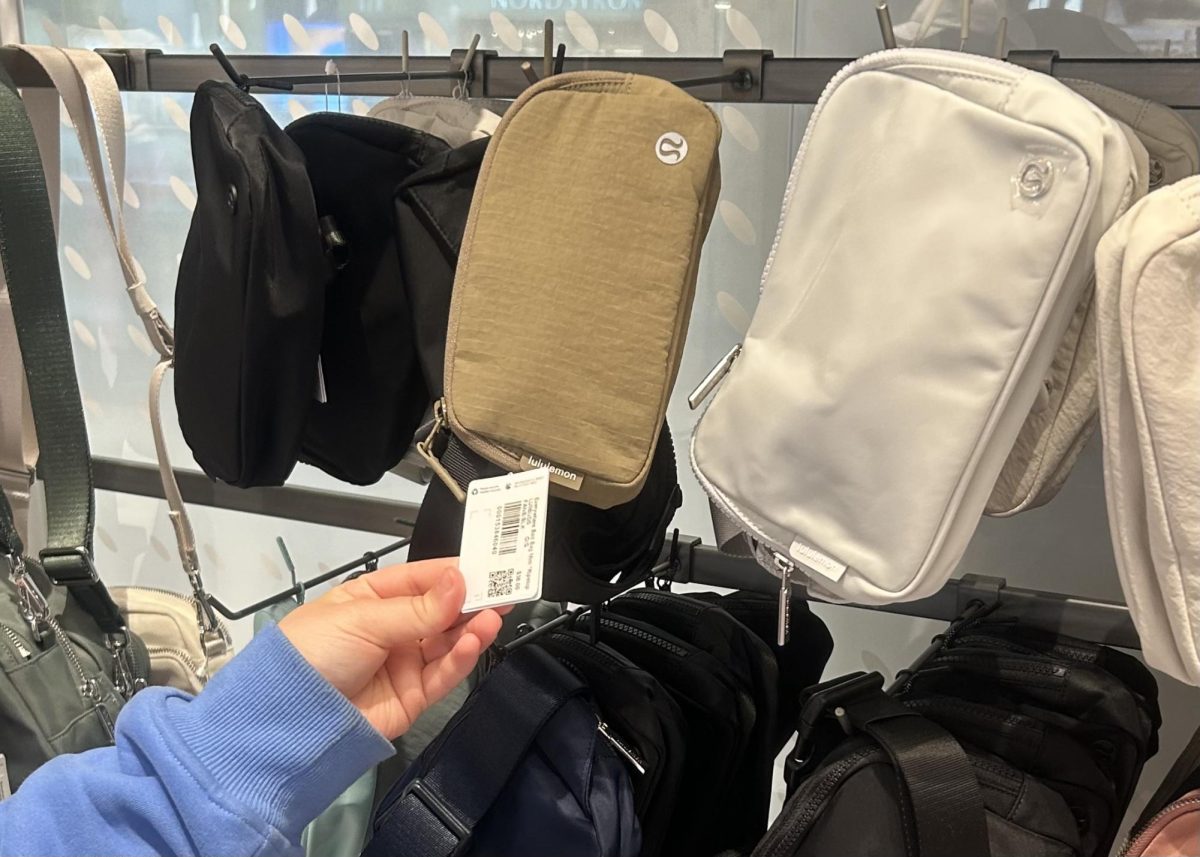Apple Music. Deezer. Spotify. Tidal. YouTube Music. These are some of the most popular music streaming platforms in the 21st century, and rightfully so. These platforms have revolutionized how we listen to music. The rapid invention of new technology over the last century has led us to this accessible, reliable and easy way of listening to our favorite songs. In the past 50 years, music has been played on walkmans, MP3 players, iPods and finally on our phones, and now, we are in the new age of digital music.┬Ā
A new era
One of the earliest recorded acts of music piracy was by Wolfgang Amadeus Mozart in the 1770s. Mozart transcribed and published Gregorio AllegriŌĆÖs ŌĆ£Miserere mei Deus,ŌĆØ which was owned by the Vatican. This is similar to modern-day music leaks, where unreleased songs are released with the artistŌĆÖs consent. As a result of new technology and easier access to music via file sharing, piracy boomed during the new digital era. In fact, many pirates didnŌĆÖt even know their actions were illegal. During the late 1990s and early 2000s, file-sharing websites were popularized, leading to millions of pirated content and many lawsuits from music artists. Most notable was a website called Napster, which allowed for peer-to-peer file sharing. To download a specific song, users only had to search for it and click on someone who was hosting it to get the download. Napster was shut down within two years, as it encouraged piracy. However, it was later relaunched as a more legitimate music streaming service, instead of a music-sharing service.┬Ā
Spotify first emerged as something similar to Napster. It illegally stole music from third-party sources, specifically The Pirate Bay ŌĆö one of the most infamous piracy sites of all time. However, in 2008, they convinced music labels to license music to them and removed the unlicensed music. In contrast, iTunes started out as an efficient way to maintain oneŌĆÖs digital music library. iTunesŌĆÖ evolution to become a music marketplace was spurred by Steve Jobs, who wanted to stop music piracy. To combat this, he got music labels to license their music to iTunes, so it could then be bought on its digital marketplace. In contrast to iTunes, Apple Music was inspired by Spotify ŌĆö it uses a subscription-based payment plan while iTunes requires users to buy songs and media individually. Over the past decade, Spotify and Apple Music have grown rapidly in size due to their convenience as the U.S. has begun to crack down on piracy.┬Ā
SpotifyŌĆÖs free plan allows a user to listen to music with some restrictions. This includes being forced to listen to ads, having limited song skips and Spotify forcing you to listen to recommended songs.┬Ā
ŌĆ£My parents pay for my plan, and I guess if $10.99 is the price to pay for ŌĆśsalvationŌĆÖ from irritating interruptions, then so be it,ŌĆØ junior Sophia Zambrano said.
Under a free plan, when someone plays a Spotify playlist on a mobile device, the order in which you hear songs is randomized. Additionally, Spotify occasionally promotes other similar songs that are not in the playlist.┬Ā
ŌĆ£ItŌĆÖs frustrating because when I see the songs that I play most of the month, they are never the ones in my actual playlist,ŌĆØ sophomore Raegan Reddick said.
SpotifyŌĆÖs algorithm recently caused some outrage on social media, as it was favoring certain artists, like Sabrina Carpenter, over smaller artists. The algorithm recommends music artists of a similar genre who are at ŌĆ£intermediate popularity levels,ŌĆØ meaning that a music listener who likes megastar Taylor Swift would be recommended CarpenterŌĆÖs music, but not vice versa. This algorithm limits exposure for smaller artists who struggle to attain the status of intermediate popularity, making it harder for them to gain visibility as Spotify keeps promoting musicians who are already somewhat popular to keep listeners.
ŌĆ£The limited skips annoy me because IŌĆÖm stuck listening to a song [that] I donŌĆÖt want to listen to,ŌĆØ Reddick said.
The highest paying music streaming platforms are Tidal and Napster, which on average have a payout of more than one cent per stream. These platforms are nowhere near as popular as the most used streaming platforms, meaning that a majority of streams are less than one cent, so smaller artists frequently struggle to earn a substantial income. This means that they often have to rely on other sources of income, such as second jobs, leaving less time to focus on growing their music career.┬Ā
The odds are against newer artists and prospective musicians, like sophomore Omaz Omeini, who doubts that she will be able to achieve her dreams of becoming a classical musician.
ŌĆ£ItŌĆÖs just not an achievable dream for many, especially when it comes to classical music. It takes a certain level of skill in order to be recognized in such a big industry. I honestly think that itŌĆÖs simply a dream for me.ŌĆ£ Omeini said.
Social media
Many small artists today post about their music on social media to reach a wider audience. The most popular platform is the short-form video platform TikTok, where videos are more likely to gain traction than long-form platforms like YouTube. For example, in 2020, singer-songwriter Claire Rosinkranz created a TikTok including a snippet of her song, ŌĆ£Backyard Boy.ŌĆØ After only a year and a half, her song had amassed one billion streams, giving Rosinkranz tons of new fans. These types of viral sensations only happen when enough viewers engage with the video, such as liking, commenting, watching a video for a prolonged period of time, or making a video using the artistŌĆÖs song.┬Ā
Social media also helps artists build a brand identity and fan base, which helps them gain listeners. This is done by creating more genuine connections as social media allows people to interact with music artists, compared to just the relationship between the listener and artist. The positive effects of social media for music artists, especially small ones, are too good to miss out on.┬Ā
Don’t let small artists fade away
Streaming platformsŌĆÖ low payout rates are not enough for small artists to sustain themselves, forcing artists to compromise on making music in order to get income from another source. ŌüżMusic streaming platforms aren’t doing enough to promote smaller artists, either, which decreases the chances of those artists being discovered. ŌüżŌüżWithout adequate exposure and financial support, many talented musicians may give up on their passion entirely, limiting the diversity and creativity in the music industry. ŌüżŌüżThat is why supporting smaller artists in any way possible is important.



![Sitting courtside before a junior varsity girlsŌĆÖ tennis match, senior Tanisi Saha rushes to finish her homework. Saha has found herself doing academic work during her athletic activities since her freshman year. ŌĆ£Being in sports has taught me how to stay organized and on top of my schoolwork. [With] a busy practice and game schedule, IŌĆÖve learned to manage my homework and study time better,ŌĆØ Saha said.](https://pwestpathfinder.com/wp-content/uploads/2025/11/DSC_0022-1200x800.jpg)
![Sophomore Maryem Hidic signs up for an academic lab through Infinite Campus, a grading and scheduling software. Some students enjoyed selecting their responsive schedule in a method that was used school-wide last year. ŌĆ£I think it's more inconvenient now, because I can't change [my classes] the day of, if I have a big test coming and I forget about it, I can't change [my class],ŌĆØ sophomore Alisha Singh said.](https://pwestpathfinder.com/wp-content/uploads/2025/10/DSC_0012-1200x801.jpg)
![Senior Dhiya Prasanna examines a bottle of Tylenol. Prasanna has observed data in science labs and in real life. ŌĆ£[I] advise the public not to just look or search for information that supports your argument, but search for information that doesn't support it,ŌĆØ Prasanna said.](https://pwestpathfinder.com/wp-content/uploads/2025/10/DSC_0073-2-1200x800.jpg)
![Junior Fiona Dye lifts weights in Strength and Conditioning. Now that the Trump administration has instituted policies such as AI deregulation, tariffs and university funding freezes, women may have to work twice as hard to get half as far. "[Trump] wants America to be more divided; he wants to inspire hatred in people,ŌĆØ feminist club member and junior Clara Lazarini said.](https://pwestpathfinder.com/wp-content/uploads/2025/05/Flag.png)
![As the Trump administration cracks down on immigration, it scapegoats many immigrants for the United StatesŌĆÖ plights, precipitating a possible genocide. Sophomore Annabella Whiteley moved from the United Kingdom when she was eight. ŌĆ£ItŌĆÖs pretty scary because IŌĆÖm on a visa. When my visa expires next year, IŌĆÖm not sure whatŌĆÖs going to happen, especially with [immigration] policies up in the air, so it is a concern for my family,ŌĆØ Whiteley said.](https://pwestpathfinder.com/wp-content/uploads/2025/05/DSC_0077-7copy.jpg)
![Shifting global trade, President Donald TrumpŌĆÖs tariffs are raising concerns about economic stability for the U.S. and other countries alike. ŌĆ£[The tariffs are] going to pose a distinct challenge to the U.S. economy and a challenge to the global economy on the whole because it's going to greatly upset who trades with who and where resources and products are going to come from,ŌĆØ social studies teacher Melvin Trotier said.](https://pwestpathfinder.com/wp-content/uploads/2025/05/MDB_3456-1200x800.jpg)


![Some of the most deadly instances of gun violence have occurred in schools, communities and other ŌĆśsafe spacesŌĆÖ for students. These uncontrolled settings give way to the need for gun regulation, including background and mental health checks. ŌĆ£Gun control comes about with more laws, but there are a lot of guns out there that people could obtain illegally. What is a solution that would get the illegal guns off the street? We have yet to find [one],ŌĆØ social studies teacher Nancy Sachtlaben said.](https://pwestpathfinder.com/wp-content/uploads/2025/01/DSC_5122-1200x800.jpg)

